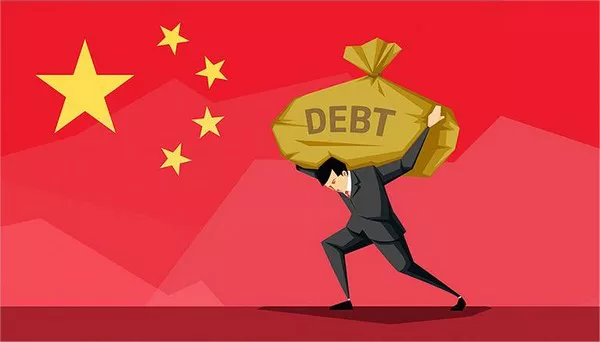A comprehensive dataset reveals the top 20 countries with the largest debts owed to China, shedding light on the scale of financial relationships between these nations and the Asian economic giant. Here’s a breakdown of the rankings:
Pakistan: Leading the pack is Pakistan, with a total external debt to China amounting to $26.6 billion.
Angola: Following closely behind is Angola, with a significant debt of $21.0 billion owed to China.
Sri Lanka: Sri Lanka secures the third position with a debt of $8.9 billion.
Ethiopia: With a debt of $6.8 billion, Ethiopia claims the fourth spot.
Kenya: Kenya trails closely with a debt of $6.7 billion owed to China.
The list continues, encompassing countries from various regions, including Bangladesh, Zambia, Laos, and Nigeria, among others.
Challenges in Debt Management:
The dataset underscores the challenges faced by countries in managing their debt burdens, particularly in the context of loans obtained from China for infrastructure and energy projects. Notably, both Pakistan and Angola have struggled to navigate their debt obligations, prompting renegotiations with Chinese creditors to alleviate financial pressures.
Implications of China’s Lending Activities:
China’s extensive lending activities, primarily through initiatives like the Belt and Road Initiative (BRI), have raised concerns about the sustainability of debt levels in recipient countries. While China portrays the BRI as a catalyst for global development, critics caution against the potential pitfalls of debt-trap diplomacy.
Concerns Over Debt Sustainability:
A report by AidData highlights that a significant portion of loans extended by China, amounting to over $1 trillion, involve countries grappling with financial distress. This raises apprehensions about the ability of these nations to repay their debts in the long term, potentially leading to economic instability and dependence on Chinese financing.
Debt-Trap Diplomacy Allegations:
Critics in the West have voiced concerns that China’s lending practices, particularly under the BRI, may amount to debt-trap diplomacy. This strategy involves leveraging loans to exert influence and gain control over the economies and strategic assets of borrower nations, raising geopolitical tensions and geopolitical questions.
In summary, the rankings shed light on the intricate financial relationships between China and various countries worldwide, prompting discussions about the sustainability of debt levels and the broader implications of China’s lending activities on global economic dynamics.
























